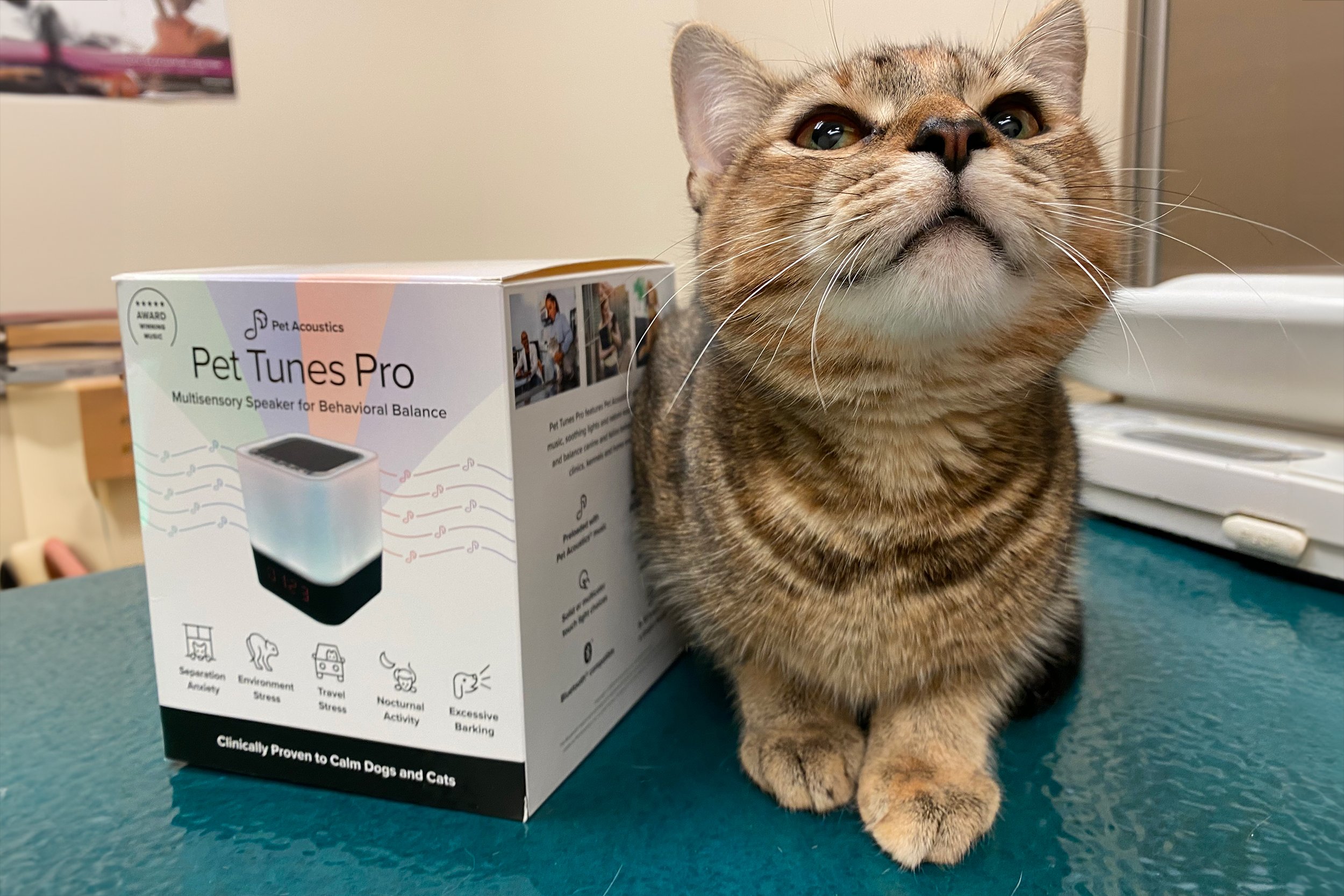Pet Hearing Loss Signs: Recognizing and Caring for Your Pet's Auditory Health
Hearing is one of the most important senses for pets, helping them interact with their environment, communicate, and stay safe. However, just like humans, pets can experience hearing loss as they age or due to other underlying health issues. Recognizing the signs of hearing loss in your pet is crucial for ensuring their continued well-being and quality of life.
In this article, we’ll explore the common signs of hearing loss in pets, the potential causes, and how you can support your furry companion through proper care and regular auditory check-ups.
Understanding Hearing Loss in Pets
Hearing loss in pets can occur gradually or suddenly, depending on the underlying cause. Dogs and cats rely heavily on their sense of hearing, so any impairment can significantly impact their behavior and safety. By understanding the signs and causes of hearing loss, you can intervene early and seek the necessary treatments or adjustments to their lifestyle.
Signs of Hearing Loss in Pets
It’s essential to observe your pet’s behavior closely to identify potential hearing issues. Here are some common signs:
Lack of Response to Sounds
Your pet may no longer respond to their name, verbal commands, or familiar sounds such as a doorbell or the rustling of a treat bag.
They might seem startled when you approach them from behind or fail to notice loud noises.
Increased Sleepiness or Startling
Pets with hearing loss might sleep more soundly because they are less disturbed by ambient noises.
Conversely, they may startle easily when touched or approached because they didn’t hear you coming.
Changes in Behavior
A once playful and energetic pet may become withdrawn or exhibit signs of confusion.
They might become more vocal, barking or meowing loudly due to their inability to hear themselves.
Difficulty Following Commands
Dogs, in particular, might struggle to follow verbal commands, leading to frustration for both the pet and the owner.
Training sessions may become less effective if your pet can’t hear cues.
Head Tilting or Ear Scratching
Your pet might tilt their head frequently or scratch their ears, indicating discomfort or ear infections that could lead to hearing loss.
Not Reacting to Noisy Environments
Pets with hearing loss may seem indifferent in situations where loud sounds would typically elicit a reaction, such as thunderstorms or fireworks.
Common Causes of Hearing Loss in Pets
Several factors can contribute to hearing loss in pets, including:
Aging
Just like humans, pets can experience age-related hearing loss (presbycusis) as their auditory system deteriorates over time.
Ear Infections
Chronic or untreated ear infections can damage the eardrum and inner ear, leading to temporary or permanent hearing loss.
Trauma or Injury
Injuries to the head or ears can impair hearing. Loud noises or sudden exposure to high decibels can also damage a pet’s hearing.
Congenital Factors
Some pets are born with hearing impairments due to genetic factors. Certain breeds, like Dalmatians and white cats with blue eyes, are more prone to congenital deafness.
Medication Side Effects
Certain medications, particularly ototoxic drugs, can adversely affect hearing if not used under veterinary guidance.
Foreign Objects or Wax Buildup
Obstructions in the ear canal, such as wax, debris, or foreign objects, can cause temporary hearing loss.
What to Do if You Suspect Hearing Loss
If you notice any signs of hearing loss in your pet, it’s important to act promptly. Here are the steps to take:
Schedule a Veterinary Visit
A thorough check-up by your veterinarian is essential to determine the cause of the hearing loss. They may perform an otoscopic exam to look inside the ear and conduct hearing tests.
Treat Underlying Conditions
If the hearing loss is due to an infection, obstruction, or treatable condition, your vet will recommend the appropriate treatment, such as antibiotics, ear cleaning, or surgery.
Adjust Your Communication Methods
For pets with permanent hearing loss, consider using visual cues or hand signals instead of verbal commands.
Vibration tools, such as a vibrating collar, can also help in training and communication.
Ensure a Safe Environment
Pets with hearing impairments are more vulnerable to accidents. Keep your pet on a leash during walks, secure your yard, and avoid situations where they might not notice dangers like vehicles or aggressive animals.
Pet Acoustics Free Pet Hearing Test
Pet Acoustics offers a free pet hearing test to help pet owners assess their furry companions' auditory health. This test provides a quick and easy way to determine if your pet might be experiencing hearing loss. By using specific sound frequencies, the test evaluates your pet's responsiveness and identifies potential issues early. Early detection can make a significant difference in managing hearing loss and ensuring your pet’s safety and well-being. Visit the Pet Acoustics website to learn more about this valuable resource.
Preventing Hearing Loss
While some causes of hearing loss are unavoidable, there are steps you can take to protect your pet’s auditory health:
Regular Ear Cleaning
Clean your pet’s ears as recommended by your vet to prevent wax buildup and infections. Use pet-safe ear-cleaning solutions.
Avoid Loud Noises
Protect your pet from exposure to loud noises, such as fireworks or loud music, which can cause noise-induced hearing loss.
Regular Veterinary Check-Ups
Routine check-ups can help identify and address ear infections or other health issues early.
Monitor Medications
Always follow your vet’s guidance when administering medications to avoid ototoxic side effects.
Living with a Hearing-Impaired Pet
Caring for a pet with hearing loss requires patience and adaptation. With love and understanding, you can ensure your pet continues to live a happy and fulfilling life. Here are some tips:
Use positive reinforcement and reward-based training to help them adapt to new communication methods.
Create a predictable daily routine to reduce anxiety and build confidence.
Use tactile signals, such as gentle taps, to get their attention.
Conclusion
Hearing loss in pets can be challenging, but recognizing the early signs and addressing the underlying causes can make a significant difference in their quality of life. Regular auditory check-ups, preventive care, and adjustments to their environment can help your pet navigate their world with ease and comfort.
By staying attentive to your pet’s needs and working closely with your veterinarian, you can ensure your furry friend enjoys a healthy, happy life—no matter their level of hearing ability.




































